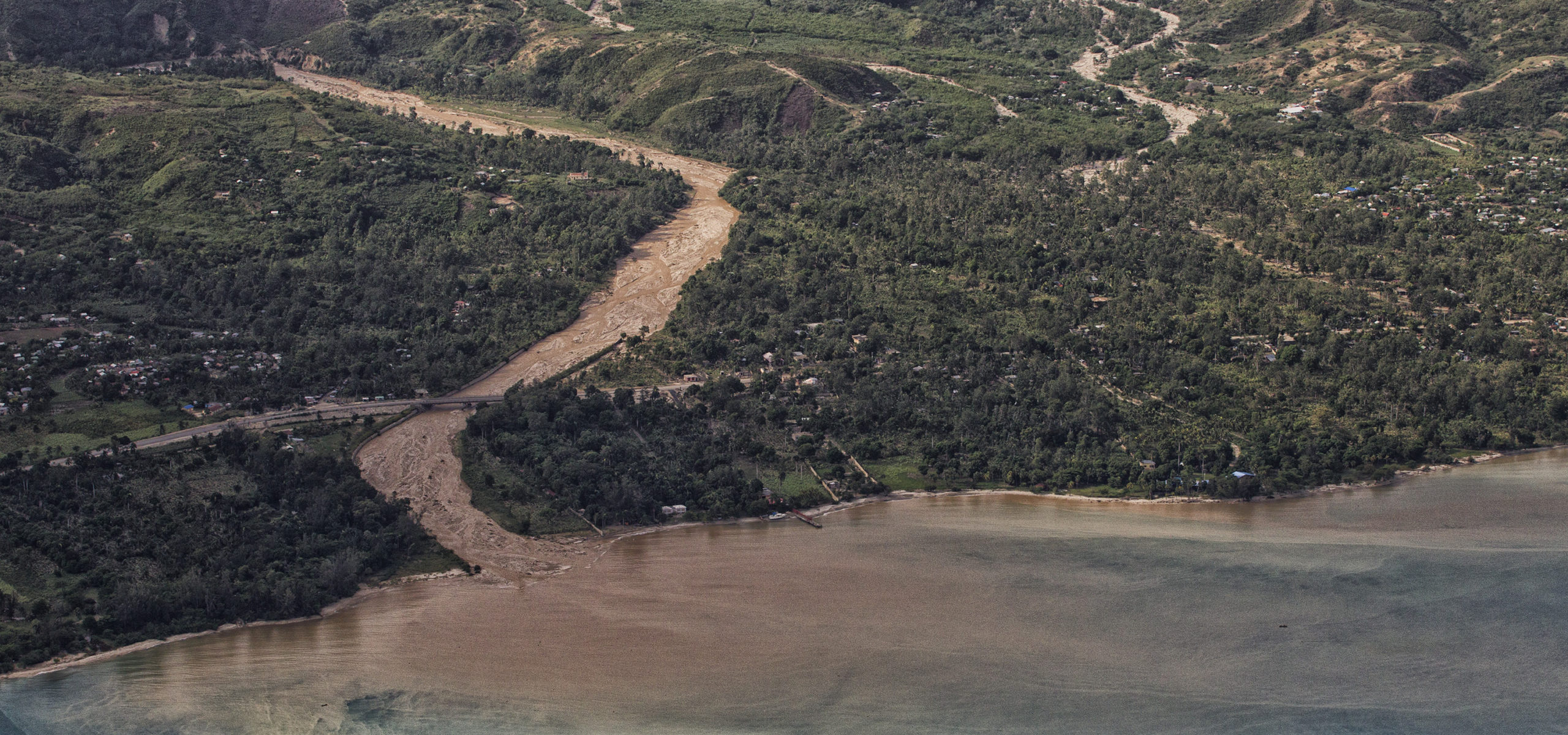Clusters
Guidance for environmental issues relevant to the main “Clusters” or sectors of humanitarian programming

Guidance for environmental issues relevant to the main “Clusters” or sectors of humanitarian programming
This section contains guidance and tools for environmental issues of concern that are relevant to the main “Clusters” or sectors of humanitarian programming.
Clusters are groups of humanitarian organizations, both UN and non-UN, in each of the main sectors of humanitarian action, e.g. water, health and logistics.
This section contains guidance and tools for environmental issues of concern that are relevant to the main “Clusters” or sectors of humanitarian programming.
Clusters are groups of humanitarian organizations, both UN and non-UN, in each of the main sectors of humanitarian action, e.g. water, health and logistics. They are designated by the Inter-Agency Standing Committee (IASC) and have clear responsibilities for coordination.
The cluster approach was started after the humanitarian reform process and was activated for the first time in 2005. The overall approach is a mechanism that helps to address identified gaps in response and enhance the quality of humanitarian action.
For more information, consult the Inter Agency Standing Committee website.
Key environmental issues linked to camp coordination and camp management
How to address environment in the education sector in a humanitarian response
Key environmental issues linked to food security, nutrition and livelihoods programming
Key environmental issues linked to health in a humanitarian response
How to address environmental issues within humanitarian logistics
The relationship between protection and the environment
Key environmental issues linked to shelter and settlements programming
Key environmental issues linked to water, sanitation and hygiene (WASH)







